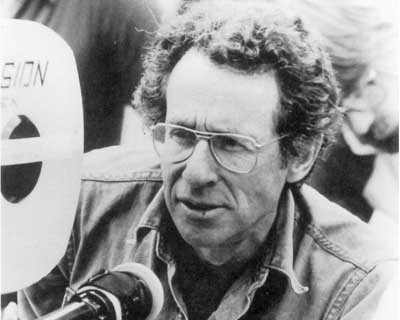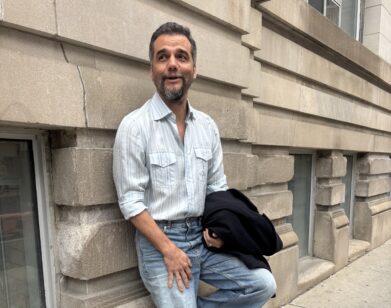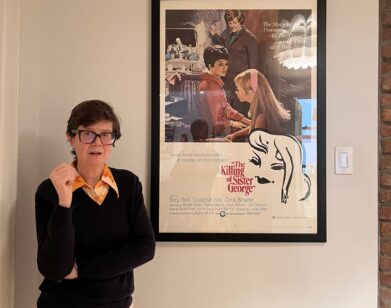The Sound and Fury of Arthur Penn

40 years later, it might be easy to downplay Bonnie and Clyde‘s 1967 impact. Starring Faye Dunaway and Warren Beatty, the film was an assault on the senses that radically changed the portrayal of criminals on screen. The violence is graphic and loud, full of gunshots you can almost hear ricocheting in your eardrum, and a final death scene that lingers on the writhing characters for nearly a minute (see above). But the title characters aren’t evil or devious; they’re loveable and deluded crooks. Initially derided by critics (Boslewy Crowether of The New York Times, called it, “It is a cheap piece of bald-faced slapstick comedy), the movie was later hailed a benchmark in American cinema. Director Arthur Penn, who died on Tuesday at the age of 88, took it on only after being persuaded by Beatty, who also acted as a producer. But, upon accepting the project, Penn approached it with gusto. Bonnie and Clyde‘s cheeky tagline–”They’re young… they’re in love … and they kill people”—mixed irony and drama in a way that predicted the changing tones in art and society that Penn sought to capture.
While many older reviewers were appalled at the violence, Penn remarked in an interview that the television coverage of Vietnam “…Was every bit, perhaps even more, bloody than what we were showing on film.” Penn went on to a successful film career, directing Anne Bancroft in her Oscar-winning role in The Miracle Worker and Little Big Man. At a recent retrospective of his work, Penn explained the appeal of the stories he chose to tell: “I almost don’t have a choice,” he said of his attraction to figures as diverse as Helen Keller and General Custer (portrayed in The Miracle Worker and Little Big Man, respectively). “The outsider appeals to me because I believe there are so many odd characteristics of human behavior that don’t get into films. I mean an environment where those things occur. I’ve always just been drawn to it.” Asked to define “an Arthur Penn film,” he described a “rubbing of plates, tectonic plates, of the personality and the society.”






